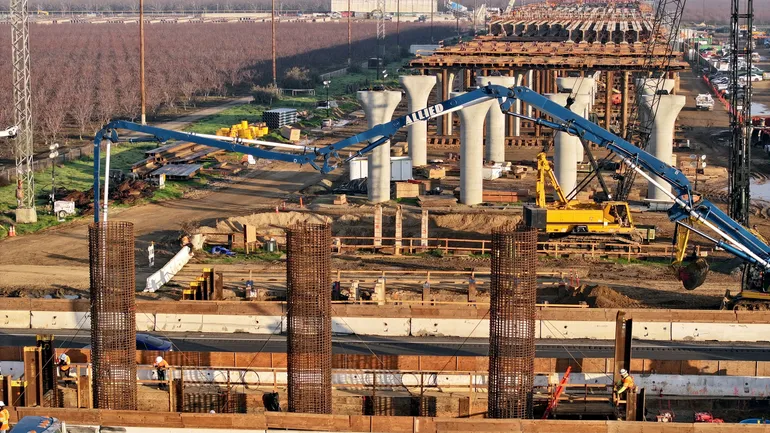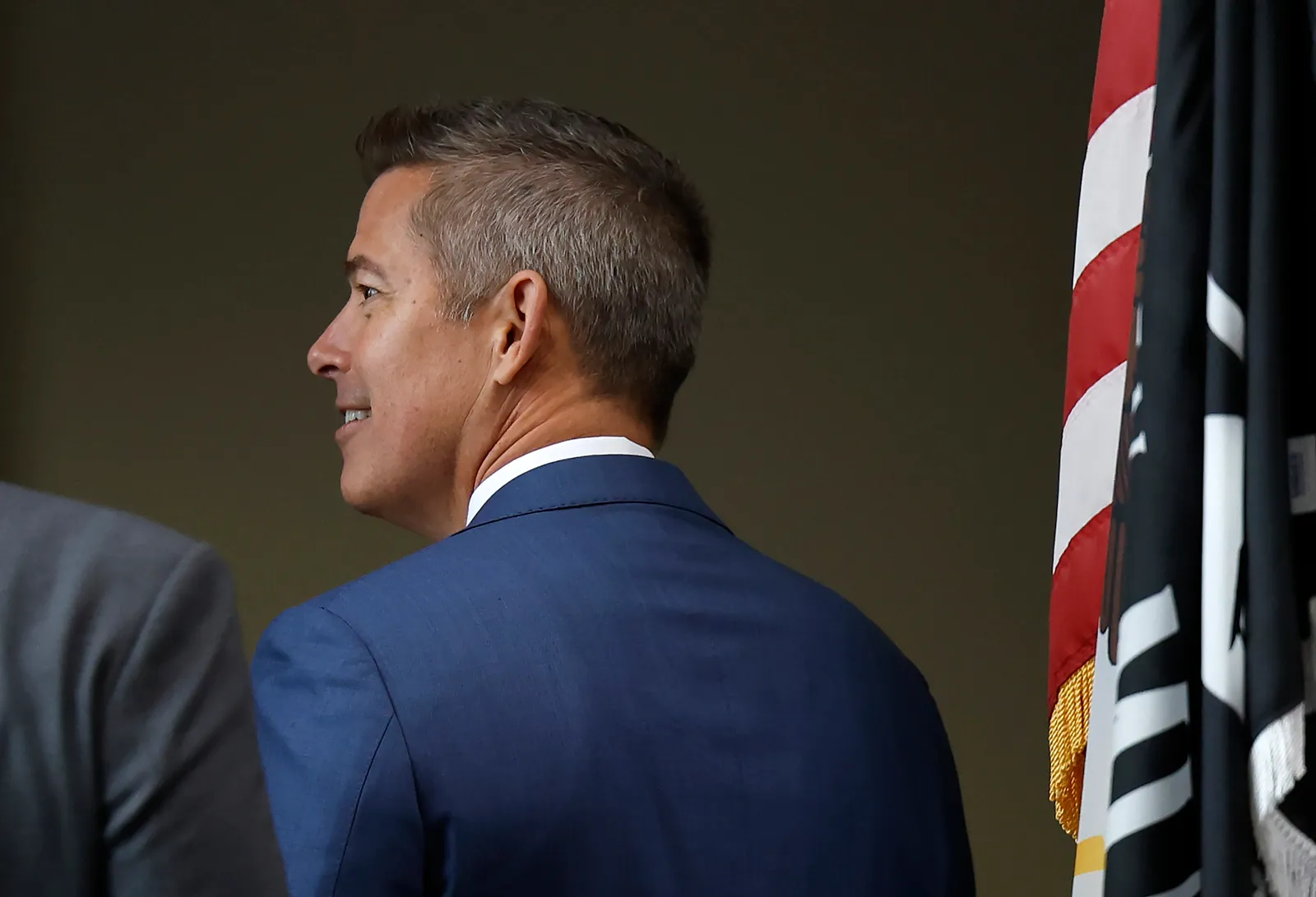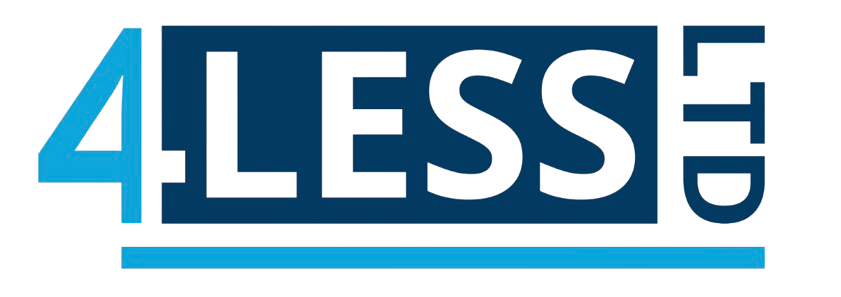
In February, U.S. Transportation Secretary Sean Duffy launched a review of the California Excessive-Pace Rail Authority, which is constructing a portion of the proposed Los Angeles-to-San Francisco HSR mission within the state’s Central Valley. The assessment will decide whether or not the authority will get to maintain about $4 billion in beforehand obligated federal grants.
The mission has come below criticism for a few years attributable to delays and rising prices. In 2008, when California voters accepted a $9.95 billion bond measure to begin the mission, the authority estimated the whole value of the LA-Bay Space line at $33 billion, and it promised that trains could be operating by 2030. Final yr, the authority’s marketing strategy estimated {that a} 171-mile part between Merced and Bakersfield, California, might be operating someday between 2030 and 2033 — at an estimated cost of $28.5 billion to $35.3 billion only for that part.
The Feb. 20 DOT press launch on the assessment referenced a California inspector general’s Feb. 3 report, which stated the authority faces a $6.5 billion funding hole to finish the preliminary section and that it’s “more and more unlikely” the authority will be capable of end that portion by its goal date of 2033.

Transportation Secretary Sean Duffy
Kevin Dietsch by way of Getty Photos
“That’s the reason I’m directing my employees to assessment and decide whether or not the CHSRA has adopted by way of on the commitments it made to obtain billions of {dollars} in federal funding,” Duffy stated in a press release. “If not, I should contemplate whether or not that cash might be given to deserving infrastructure tasks elsewhere in the USA.”
For the authority, that is deja vu. Throughout Trump’s first time period, the Federal Railroad Administration canceled a $928.6 million agreement with it, alleging that the authority had “repeatedly didn’t adjust to the phrases of the FY10 Settlement and has didn’t make affordable progress on the Challenge.” The Biden administration restored that funding in 2021. The FRA in 2019 additionally sought the return of $2.5 billion in American Restoration and Reinvestment Act funds, which was not achieved.
A DOT spokesperson informed Good Cities Dive that the present assessment consists of the identical FY10 $928.6 million grant and a $3.1 billion grant awarded in December 2023 below the Federal-State Partnership for Intercity Passenger Rail Program.
In a Feb. 21 assertion, the authority stated it welcomes the investigation and the chance to work with its federal companions. “With a number of unbiased federal and state audits accomplished, each greenback is accounted for, and we stand by the progress and impression of this mission,” CEO Ian Choudri stated.
Response to the DOT’s investigation got here shortly. “The California Excessive-Pace Rail (CAHSR) mission is essentially the most formidable and modern transportation mission in your entire nation,” stated Greg Regan and Shari Semelsberger, president and secretary-treasurer of the Transportation Trades Division, AFL-CIO, in a Feb. 20 assertion. “It has created 1000’s of middle-class jobs, placing greater than 14,600 People to work already, and been an financial boon to greater than 800 small companies which might be concerned within the mission.”
Can the DOT claw again these already-awarded funds? The phrases of the grant settlement and the authority’s compliance with these phrases will largely decide that, stated Joshua Schnell, a accomplice on the Cordatis regulation agency, who represents grant recipients and federal contractors as head of the agency’s litigation follow. If the investigation finds a violation of both the grant settlement or the grant rules, or indications of fraud or abuse, that might be trigger for clawing again these funds, he stated.
The authority is just not completely reliant on federal grants. Referencing the state inspector common’s report, a spokesperson stated that of the roughly $13 billion spent on the mission, $10.5 billion got here from the state.
These funds come primarily from California’s emissions cap-and-trade program. This system units limits on emissions and points a shrinking variety of allowances annually below that cap. Emitters this system covers should have an allowance for every ton of their carbon dioxide emissions; they’ll buy and sell allowances at an public sale relying on their wants, with a number of the proceeds going to the state’s Greenhouse Fuel Discount Fund.
The fund dedicates 25% of its annual income to high-speed rail. The authority tasks income of $26.7 billion to $29.7 billion from GGRF revenues of $750 million to $1.25 billion per yr by way of 2030, in line with its 2025 project update.
Trending Merchandise

Trsmima Safety Belt with Adjustable Lanyard and Updated Waist Pad – Tree Climbing Belt Harness – Safety Lanyard Fall Protection- Fall Arrest Kite Climbing Lanyard,Ladder Safety Harness

Sharpie Permanent Markers, Fine Tip, Black, 12 Count – For Classroom, Office, & Home, Quick Drying, Fade Resistant, For Wood, Plastic, Paper, Metal, And More, Ideal for Posters, Drawing, Coloring

LIFT Safety HDF50C-19WC Lift Safety DAX Fifty 50 Carbon Fiber Full Brim Hardhat

GE LED+ Battery Backup A21 LED Light Bulbs, Rechargeable Light for Power Outages + Flashlight, Soft White (2 Pack)

Marbrasse 6 Tier Paper Organizer Letter Tray – Mesh Desk File Organizer with Handle, Paper Sorter Organizer for Letter/A4 Office File Folder Holder – Black

gianotter Desk Organizers and Accessories with File Holder, 4-Tier Desk Accessories & Workspace Organizers with Drawer and 2 Pen Holder, Paper Organizer for Office Supplies (Rose Gold)




